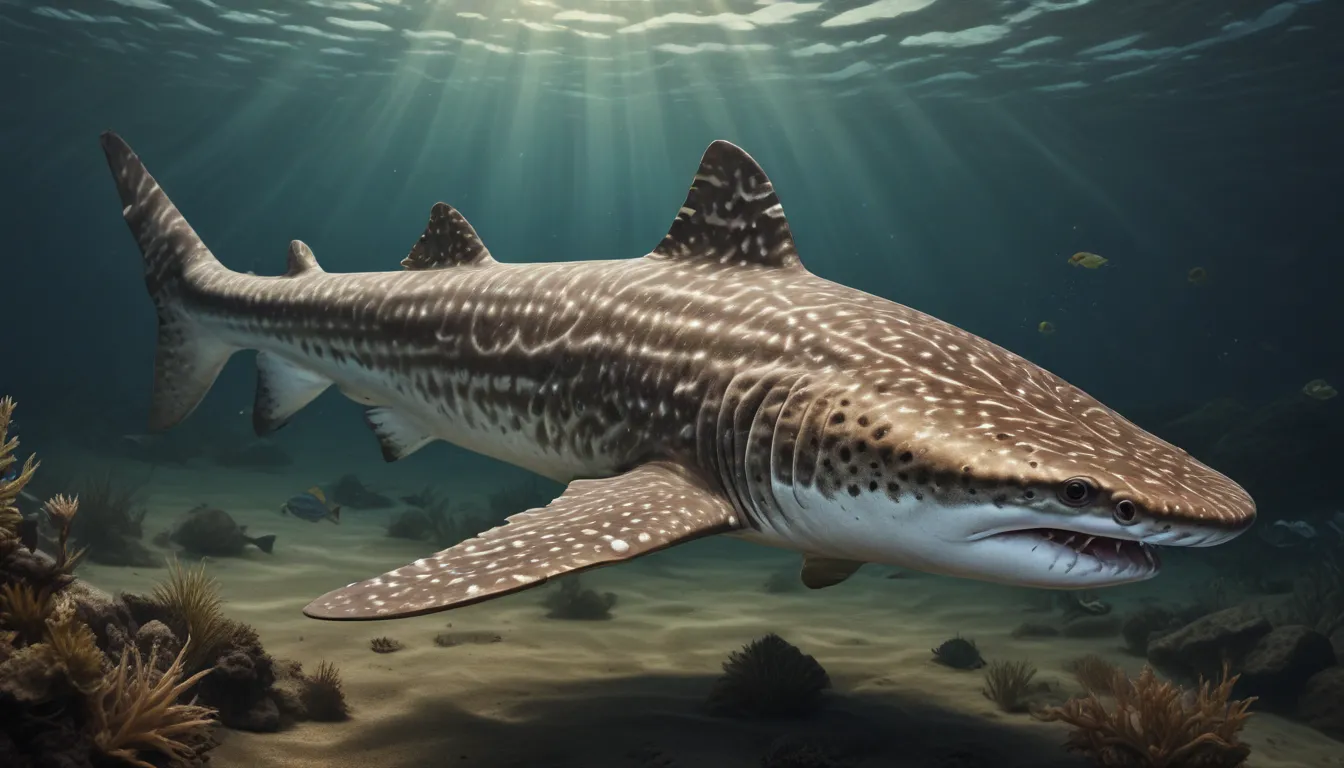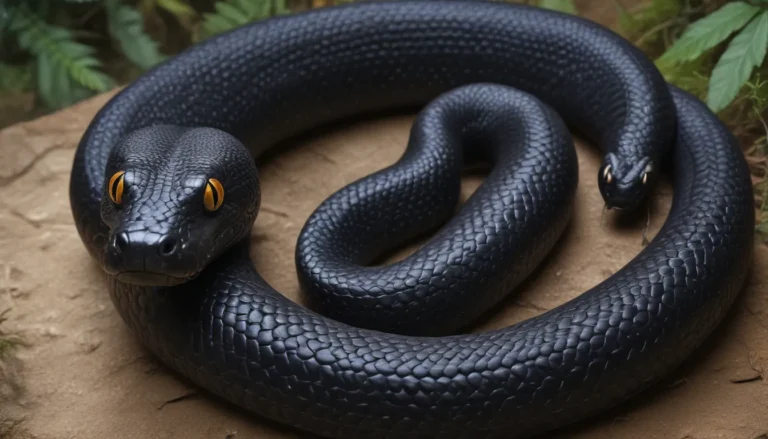The pictures we use in our articles might not show exactly what the words say. We choose these pictures to make you interested in reading more. The pictures work together with the words but don’t take their place. The words still tell you the important facts.
Are you ready to embark on an educational journey into the depths of the ocean and uncover the mysterious world of the zebra shark? Join us as we dive into the fascinating realm of this unique creature, known for its distinctive appearance and intriguing behavior.
Unlocking the Mysteries of the Zebra Shark
The zebra shark, also referred to as the leopard shark or striped shovelnose shark, roams the tropical waters of the Indo-Pacific region. With its striking black and white stripes and slender body, the zebra shark captures the imagination of marine enthusiasts and researchers alike. Let's unravel 20 captivating and lesser-known facts about this mesmerizing species, shedding light on their remarkable adaptations and life cycle.
The Unique Appearance of the Zebra Shark
The zebra shark derives its name from the vertical stripes that adorn its body, reminiscent of a zebra's distinctive markings. Interestingly, these stripes tend to fade as the shark matures, adding to its mystique.
Family Ties and Size Matters
Belonging to the family Stegostomatidae, which includes carpet sharks, zebra sharks are closely related to nurse sharks and wobbegongs. Adult zebra sharks can grow up to an impressive length of 12 feet (3.6 meters) and weigh around 330 pounds (150 kilograms).
Habitat and Behavior
Zebra sharks can be found in shallow coastal waters and coral reefs across the Indo-Pacific region, including the Red Sea, Indian Ocean, and Pacific Ocean. These nocturnal predators exhibit a slow and patient hunting style, feeding on a variety of prey such as small fish, crustaceans, mollusks, and even smaller sharks.
Captivating Characteristics
One of the notable features of zebra sharks is their slow, undulating swimming style, allowing them to conserve energy as they navigate their habitat. They also possess small spiracles behind their eyes, enabling them to breathe even while resting on the ocean floor.
Dietary Evolution and Reproductive Habits
As zebra sharks mature, their diet shifts from invertebrates and small fish to mollusks, crustaceans, and sea snakes. They are oviparous, laying four to six eggs in hard surfaces like rocks or coral reefs.
Aquatic Architects and Lifespan
Zebra sharks showcase impressive abilities in moving and reshaping their environment, utilizing their strong jaws and teeth to create crevices and hiding spots. On average, these sharks can live up to 25 years in the wild, with some individuals reaching up to 30 years.
Conservation Challenges and Courtship Rituals
Despite their docile nature towards humans, zebra sharks face conservation threats, including declining populations due to habitat degradation and overfishing. When mating, males engage in a unique courtship ritual by holding onto the female's pectoral fin with their teeth.
Sensory Adaptations and Camouflage Mastery
Zebra sharks possess electroreceptors called ampullae of Lorenzini, allowing them to detect the weak electric fields of potential prey. Juvenile zebra sharks exhibit remarkable camouflage abilities, blending into the sea floor with their yellow and black stripes.
Population Decline and Conservation Efforts
In recent years, the population of zebra sharks has been dwindling due to their slow reproduction rate and susceptibility to human activities. Various conservation organizations and marine parks are working towards protecting these vulnerable creatures through strategies like establishing protected areas and promoting sustainable fishing practices.
FAQs: Unveiling More Insights
- What is the average lifespan of a zebra shark?
-
Zebra sharks typically live for around 25 to 30 years on average.
-
How big can a zebra shark grow?
-
Zebra sharks can reach lengths of up to 10 feet (3 meters).
-
Do zebra sharks migrate?
-
Zebra sharks lead a sedentary lifestyle and do not undertake long-distance migrations.
-
What do zebra sharks eat?
-
Primarily carnivorous, zebra sharks feed on small fishes, crustaceans, and mollusks.
-
Are zebra sharks endangered?
-
Zebra sharks are currently classified as a vulnerable species by the International Union for Conservation of Nature (IUCN) due to habitat degradation and overfishing.
-
Can zebra sharks be kept as pets?
-
While zebra sharks may seem appealing, it is advised against keeping them in home aquariums due to their size and specific habitat requirements.
-
Do zebra sharks lay eggs?
-
No, zebra sharks are ovoviviparous, with embryos developing inside the mother's body and hatching as live young.
-
Are zebra sharks aggressive towards humans?
-
Zebra sharks are generally non-threatening and considered to be docile towards humans.
-
Can zebra sharks be found in aquariums?
-
Yes, zebra sharks are often featured in public aquariums worldwide due to their unique appearance and behaviors.
-
How many pups does a zebra shark typically have?
- A zebra shark can have a litter of 20 to 30 pups at once.
As we delve deeper into the intriguing world of the zebra shark, we encounter a species rich in fascinating adaptations and vulnerabilities. By understanding and appreciating these unique creatures, we enhance our commitment to their conservation and ensure the preservation of marine ecosystems for generations to come.
Join us as we explore the wonders of the ocean, from the vibrant reefs of Palau to the enigmatic depths of the Gulf of Aqaba. Discover the electrifying secrets of aquatic life, including the astonishing electric eel. Each underwater realm holds a wealth of knowledge and surprises, inviting us to marvel at the diversity and resilience of the creatures that inhabit them.
Dive into Discovery
Our dedication to delivering credible and engaging content is unwavering. The facts we share are contributions from real users like you, ensuring a diverse and insightful perspective. Trust in our commitment to quality and authenticity as you embark on a journey of exploration and learning. Let the wonders of the underwater world captivate your imagination and inspire a deeper understanding of our marine environment.






